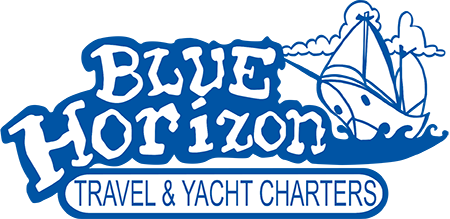Jet lag is a temporary disorder that arises during long-distance air traveling. It is most prevalent for people who are flying into different time zones. This impacts the traveler’s circadian rhythm because the body does not understand the change in time.
Anyone who has traveled by plane through different time zones knows that jet lag can be a serious pain. If you’re looking at more than a two-hour time difference, you may end up wasting precious hours of your trip trying to catch your body up.
Aside from fatigue, jet lag symptoms can include:
These can be extremely tough to deal with after arriving to a new destination. In addition to having to navigate to your accommodations, it can be stressful to have to deal with these symptoms.
There are a few ways to help combat these symptoms and reduce the feelings of jet lag:
Before your flight, you should prepare for the trip by changing your watch, if you wear one, to the time zone, you will be traveling. This is an easy reminder, so when you land, you won’t be looking at a clock that is in a different time zone.
Be mindful of your flight time and getting rest during the trip. To help combat fatigue, try to arrange your arrival for the morning so you can sleep on the plane and arrive during the day. While this is not always possible, it does help the body adjust to the change in time.
Because our bodies are synced with the sun through an internal clock called the circadian rhythm, it will be easier to adjust to the time zone through exposure to sunlight.
Exposure to light is the key to beating the symptoms of jet lag, as it is the strongest regulator to our master biological clock, circadian rhythm. In a recent study, this research team used two equations that have been proven to predict an individual’s circadian rhythm and calculated the various schedules of light exposure for over 1,000 possible trips. From this, the team determined that it is possible to customize a period of time each day to be exposed to sunlight – the brighter, the better.
Not sure when the best times to be outside are, especially when aboard? No problem; Timeshifter is a free iPhone add that does these calculations for you. Developed by scientists and used by astronauts, this app can help establish a plan to help beat jet lag through seep, light, and a caffeine schedule.
Here are a few additional tips:
- Exercise– Just after arriving to your destination, try to get in a quick workout. It does not have to be very intense, just a 15 to 20-minute jog or cardio routine to get the heart rate up.
- Breathe– Because jet lag can also make a traveler feel anxious try some deep breaths during your flight and upon arrival to center yourself and help restore your calmness.
-
 Hydrate– When traveling it is easy to neglect the small things. Be sure to stay hydrated during your flight and drink plenty of water upon arrival. Water provides a natural source of energy by helping boost the metabolism.
Hydrate– When traveling it is easy to neglect the small things. Be sure to stay hydrated during your flight and drink plenty of water upon arrival. Water provides a natural source of energy by helping boost the metabolism.
While most travelers manage to adjust to time difference just fine over time, these methods can help to speed up the process.
Now that you know how to beat jet lag, now is the best time to plan your perfect getaway!
Blue Horizon Travel & Yacht Charters is a full-service travel agency that plans both domestic and international vacations. Let our team of travel professionals help make your travel dreams a reality. Contact us and start planning your international getaway today!




